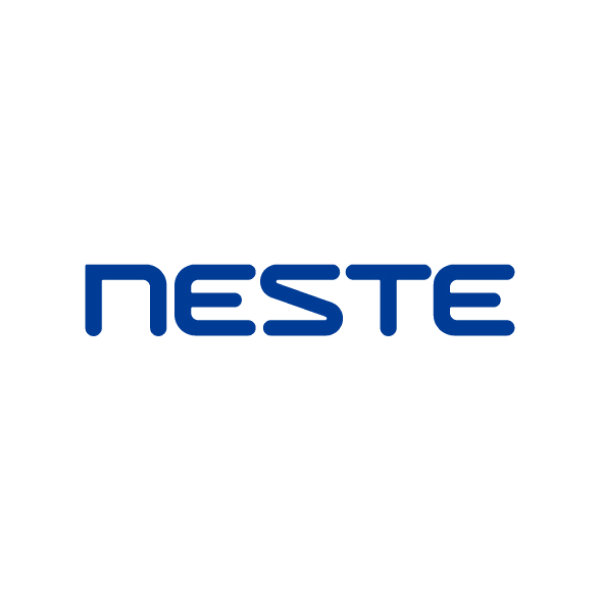
Kanzhun Ltd
NASDAQ:BZ


| US |

|
Johnson & Johnson
NYSE:JNJ
|
Pharmaceuticals
|
| US |

|
Berkshire Hathaway Inc
NYSE:BRK.A
|
Financial Services
|
| US |

|
Bank of America Corp
NYSE:BAC
|
Banking
|
| US |

|
Mastercard Inc
NYSE:MA
|
Technology
|
| US |

|
UnitedHealth Group Inc
NYSE:UNH
|
Health Care
|
| US |

|
Exxon Mobil Corp
NYSE:XOM
|
Energy
|
| US |

|
Pfizer Inc
NYSE:PFE
|
Pharmaceuticals
|
| US |

|
Palantir Technologies Inc
NYSE:PLTR
|
Technology
|
| US |

|
Nike Inc
NYSE:NKE
|
Textiles, Apparel & Luxury Goods
|
| US |

|
Visa Inc
NYSE:V
|
Technology
|
| CN |

|
Alibaba Group Holding Ltd
NYSE:BABA
|
Retail
|
| US |

|
JPMorgan Chase & Co
NYSE:JPM
|
Banking
|
| US |

|
Coca-Cola Co
NYSE:KO
|
Beverages
|
| US |

|
Walmart Inc
NYSE:WMT
|
Retail
|
| US |

|
Verizon Communications Inc
NYSE:VZ
|
Telecommunication
|
| US |

|
Chevron Corp
NYSE:CVX
|
Energy
|
Utilize notes to systematically review your investment decisions. By reflecting on past outcomes, you can discern effective strategies and identify those that underperformed. This continuous feedback loop enables you to adapt and refine your approach, optimizing for future success.
Each note serves as a learning point, offering insights into your decision-making processes. Over time, you'll accumulate a personalized database of knowledge, enhancing your ability to make informed decisions quickly and effectively.
With a comprehensive record of your investment history at your fingertips, you can compare current opportunities against past experiences. This not only bolsters your confidence but also ensures that each decision is grounded in a well-documented rationale.
Do you really want to delete this note?
This action cannot be undone.

| 52 Week Range |
12.92
24.91
|
| Price Target |
|
We'll email you a reminder when the closing price reaches USD.
Choose the stock you wish to monitor with a price alert.

|
Johnson & Johnson
NYSE:JNJ
|
US |

|
Berkshire Hathaway Inc
NYSE:BRK.A
|
US |

|
Bank of America Corp
NYSE:BAC
|
US |

|
Mastercard Inc
NYSE:MA
|
US |

|
UnitedHealth Group Inc
NYSE:UNH
|
US |

|
Exxon Mobil Corp
NYSE:XOM
|
US |

|
Pfizer Inc
NYSE:PFE
|
US |

|
Palantir Technologies Inc
NYSE:PLTR
|
US |

|
Nike Inc
NYSE:NKE
|
US |

|
Visa Inc
NYSE:V
|
US |

|
Alibaba Group Holding Ltd
NYSE:BABA
|
CN |

|
JPMorgan Chase & Co
NYSE:JPM
|
US |

|
Coca-Cola Co
NYSE:KO
|
US |

|
Walmart Inc
NYSE:WMT
|
US |

|
Verizon Communications Inc
NYSE:VZ
|
US |

|
Chevron Corp
NYSE:CVX
|
US |
This alert will be permanently deleted.
Kanzhun Ltd
Kanzhun Ltd., the driving force behind the BOSS Zhipin platform, has skillfully carved its niche in the bustling world of online recruitment within China. With the traditional landscape of job hunting often marred by inefficiencies and long wait times, Kanzhun has introduced a novel approach that marries technology with the immediacy job seekers crave. By leveraging big data and AI algorithms, the platform facilitates direct and seamless communication between job candidates and employers, reducing the typical barriers that have long plagued the industry. This approach not only creates an agile hiring process but also enhances the user experience by providing personalized recommendations and real-time interactions.
Financially, Kanzhun capitalizes on its innovative platform through a mix of monetization strategies. Primarily, it generates revenue by offering enhanced services such as premium job listings and profile exposure, allowing recruiters to quickly access a richer pool of talent. Additionally, the company employs a subscription model for businesses, which provides access to a suite of advanced tools and analytics aimed at optimizing their recruitment efficiency. This dual stream of revenue not only underpins the company's financial growth but also strengthens its competitive advantage in an increasingly digital and competitive job market. As the demand for effective recruitment solutions continues to rise, Kanzhun Ltd. is well-positioned to maintain its growth trajectory, underscored by a profound understanding of both technological advancements and market needs.

Kanzhun Ltd., the driving force behind the BOSS Zhipin platform, has skillfully carved its niche in the bustling world of online recruitment within China. With the traditional landscape of job hunting often marred by inefficiencies and long wait times, Kanzhun has introduced a novel approach that marries technology with the immediacy job seekers crave. By leveraging big data and AI algorithms, the platform facilitates direct and seamless communication between job candidates and employers, reducing the typical barriers that have long plagued the industry. This approach not only creates an agile hiring process but also enhances the user experience by providing personalized recommendations and real-time interactions.
Financially, Kanzhun capitalizes on its innovative platform through a mix of monetization strategies. Primarily, it generates revenue by offering enhanced services such as premium job listings and profile exposure, allowing recruiters to quickly access a richer pool of talent. Additionally, the company employs a subscription model for businesses, which provides access to a suite of advanced tools and analytics aimed at optimizing their recruitment efficiency. This dual stream of revenue not only underpins the company's financial growth but also strengthens its competitive advantage in an increasingly digital and competitive job market. As the demand for effective recruitment solutions continues to rise, Kanzhun Ltd. is well-positioned to maintain its growth trajectory, underscored by a profound understanding of both technological advancements and market needs.
Revenue Growth: Kanzhun reported Q3 revenue of RMB 2.2 billion, up 13% year-on-year, with growth accelerating from the previous quarter.
Profitability: Net profit reached RMB 775 million, up 67% year-on-year, with a strong net margin of 35.8%.
Operating Efficiency: Operating costs and expenses decreased by 7% year-on-year, with notable reductions in share-based compensation and marketing expenses.
User Metrics: Paid enterprise customers grew 13% to 6.8 million over 12 months, and average verified monthly active users reached 53.82 million.
AI Integration: The company highlighted ongoing AI-powered feature rollouts for both job seekers and recruiters, improving user engagement and matching efficiency.
Improved Demand: Management sees clear signs of recovering enterprise hiring demand, improved contract renewals, and healthier supply-demand balance on the platform.
Positive Outlook: Q4 revenue is guided to RMB 2.05–2.07 billion, up 12.4%–13.5% year-on-year, with management expressing confidence in continued growth and operational leverage.














































